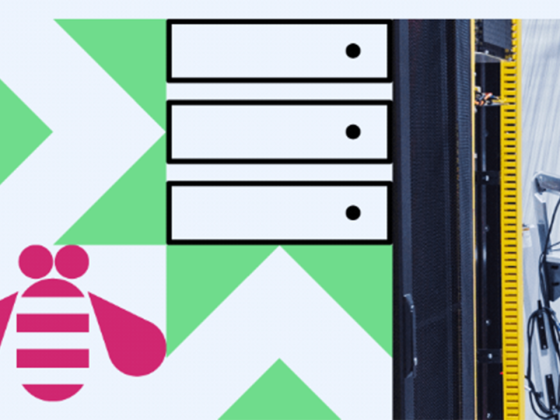Today we’re thrilled to announce the release of Linkerd 2.13, a significant milestone for the CNCF’s only graduated service mesh! This release introduces dynamic request routing based on the Gateway API, circuit breaking for overloaded services, and several other important features and fixes.
For users who need to run Linkerd in government environments, we’ve also published a FIPS-compatible version of Linkerd 2.13. Contact us for details.
From our partners:
Finally, for this release, we’ve done something really audacious: we’ve launched free automated health monitoring, vulnerability alerts, and proxy upgrade assistance for any Linkerd cluster with Buoyant Cloud, our Linkerd automation platform. This means that any user in the world can make sure their Linkerd deployment is healthy, secure, and up-to-date. After all, Linkerd is fundamentally a tool for adding security and reliability to your system—but Linkerd cannot fulfill this mission unless it itself is healthy and up-to-date.
This is the first time any service mesh project has done anything like this, so we’re incredibly excited.
You can get started with Linkerd 2.13 with our Linkerd quickstart guide.
Dynamic request routing
Linkerd 2.13 now offers provides fine-grained control over the routing of individual HTTP and gRPC requests through its new dynamic request routing feature. In 2.13, Linkerd users can route requests based on HTTP headers, gRPC methods, query parameters, or almost any other aspect of the request. This can be used to deliver a variety of exciting features to your platform such as sticky sessions, A/B testing, dynamic staging environments (even deep within the call stack), user-based canary rollouts, and more.
This new feature is built on Kubernetes’s new Gateway API. In the 2.12 release, Linkerd became the first service mesh to fully embrace the Gateway API as its core configuration mechanism, and 2.13 continues that pattern. Leveraging the Gateway API is a huge win for the user because it reduces the amount of new configuration machinery introduced onto the cluster—a major source of complexity for other service meshes—while still providing a rich and expressive featureset.
Circuit breaking
Linkerd 2.13 also introduces the ability to automatically shut off traffic to failing endpoints in order to give them a chance to recover. With Linkerd 2.13, Kubernetes adopters can now mark “delicate” services as eligible for circuit breaking, and meshed clients will automatically reduce traffic if these services begin to return errors, until they recover gracefully.
Automated health monitoring and vulnerability reporting
With the Linkerd 2.13 reelase, Buoyant now provides free, fully automated health monitoring, vulnerability reporting, and upgrade assistance for every Linkerd cluster, via its Buoyant Cloud Linkerd automation platform. Every Kubernetes user in the world can now make use of these features to ensure the reliability and security of their service mesh deployment simply by connecting their Linkerd deployment to Buoyant Cloud.
FIPS support, Azure Marketplace, and more!
The 2.13 release is also available in a FIPS-compatible form for those who need to comply with FIPS-140-2 and FIPS-140-3 standards—contact us for details. We’re also happy to announce that Buoyant Cloud-enabled Linkerd is now available in the Azure Marketplace, enabling Azure customers to seamlessly add Linkerd to their existing environments.
Linkerd Day at Kubecon EU
Next month is the first-ever Linkerd Day, and the lineup is incredible. Linkerd Day features talks from amazing Linkerd adopters in the EU region including Adidas, Pento, the Norwegian Labor and Welfare Administration, a major Germany-based global logistics company, and more. Linkerd Day is currently SOLD OUT—we look forward to seeing you all in Amsterdam!
Try Linkerd 2.13 today!
We’ve introduced a brand new installer for Linkerd designed to simplify the upgrade process for existing Linkerd users, even if they’re using Helm. To upgrade Linkerd 2.13 or install it new, start here:
# Install or upgrade Linkerd!
curl -sSL https://linkerd.buoyant.io/install | sh Copy
What’s next?
Last year was a banner year for Linkerd—the number of stable Kubernetes clusters running Linkerd doubled in 2022. Pretty impressive for a mature project! We also shipped major features like multi-cluster failover and full L7 authorization policy based on the Gateway API
With Linkerd 2.13 we’re already off to an incredible start for 2023, and we have some amazing features and ideas up our sleeves that we can’t wait to unveil later this year. Stay tuned!
By William Morgan
Originally published at CNCF
Source: Cyberpogo
For enquiries, product placements, sponsorships, and collaborations, connect with us at [email protected]. We'd love to hear from you!
Our humans need coffee too! Your support is highly appreciated, thank you!








